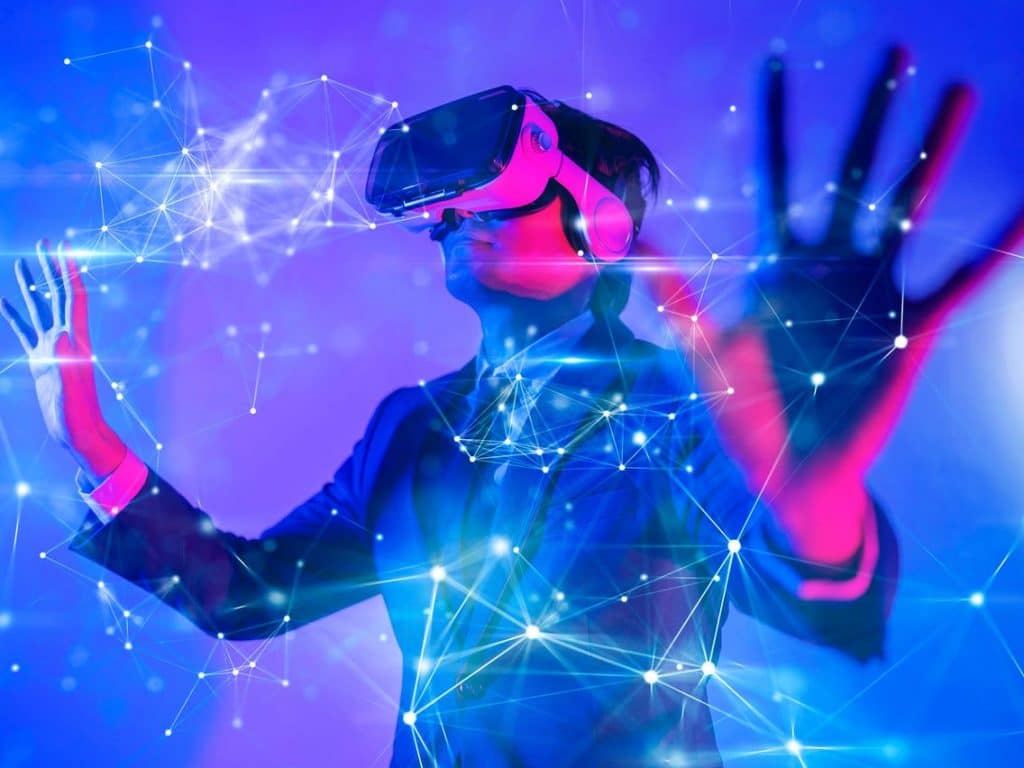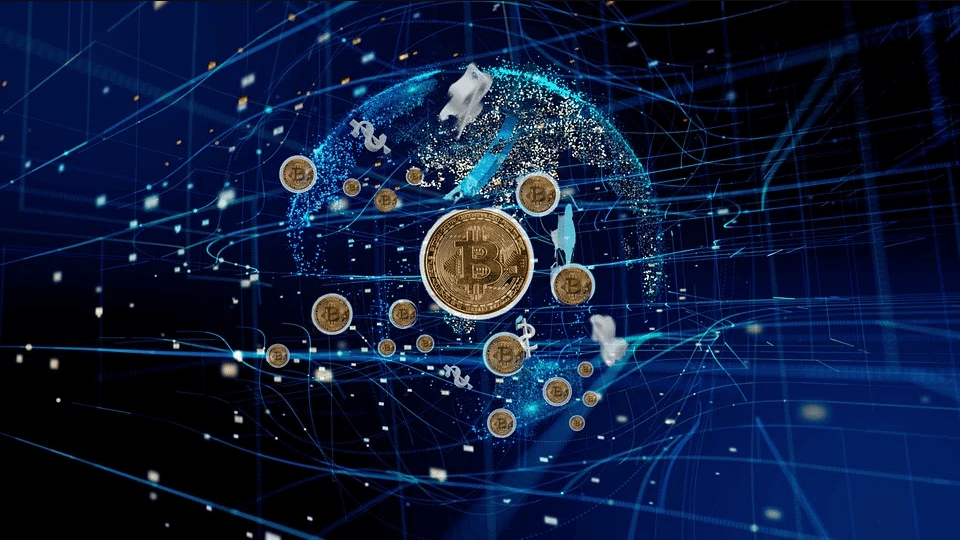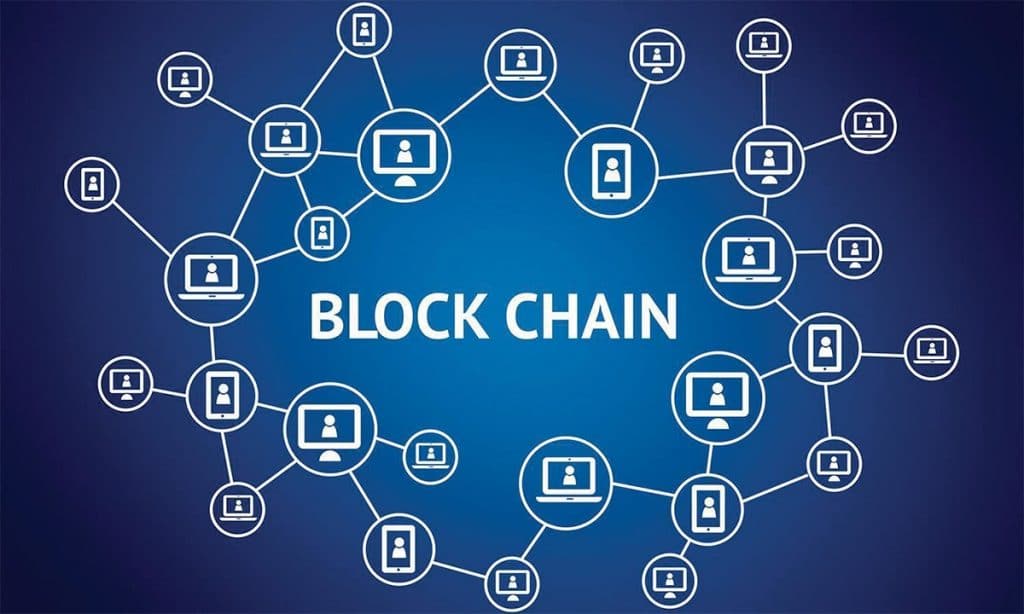The global pandemic that hit the world in 2019 has been a strong motivator for digital transformation in 2020 and later. There is an old saying, necessity is the mother of invention. Thus, we saw a massive emergence and convergence of technologies in almost all sectors, triggering companies to embrace the latest technologies rapidly, post-pandemic. 2020 onwards, we saw an increase in the number of corporate and governmental data surveillance and also implementation of many digital solutions to drive technological transitions. The world saw a drastic change in 2021, the momentum of which will grow in the years to come. The tech world is yet to conclude whether this transformation at the speed of light is for the better. However, we are at a point where this growth is unstoppable, even if it is at the cost of structurally altering the fabric of society. The pandemic impacted the global economy adversely along with the growing international conflicts, rising numbers of natural disasters, supply chain issues, disruptive geopolitical systems, lack of human empathy in developed nations, scarcity of resources in underdeveloped countries and a hand full of nations’ desire to dominate the tech world is very much leading us to an exponential technology wave. The convergence of artificial intelligence, robotics, blockchains, quantum technology, nanotechnology, edge computing, crypto, VR/AR, metaverse, NFTs (non-fungible tokens), etc., has created a madhouse-like situation in the tech world. Anything close to this was experienced only during the Industrial revolution. However, it will all depend on the application of these technologies by us human beings that will decide whether the technology that is evolving at the speed of light will be positive or negative for the whole world. The way technology is used extensively to polarise and disrupt societies worldwide is expected further to fortify its influence and control over global social behaviour. Eventually, we seem to move towards a more independent and empowered world. As a result, 2022 will see significant developments in the world of technologies. So let us dig into the top five technology trends for 2022 that will significantly impact global societies. Focused on social connections, the metaverse is a simulated digital environment that creates spaces for rich user interaction by emulating the real world. It converges augmented reality (AR), virtual reality (VR), blockchain, and social media notions. It will let us socialise, play and learn in ways beyond imagination. It is being projected as the next evolution of the internet. While it is still in its nascent stage, it will be exciting to know what meta has in its store for us. Many experts say that today the metaverse is what the internet was in 1995. So, it might take another 5 to 10 years before we can fully immerse ourselves in the meta world. But, it will have as significant an impact on society and the world at large similar to what the internet had. It will transform the way we work, live, and socialise. And businesses that will be too late to adapt will struggle to survive. The metaverse will be primarily steered by the gaming industry and will bring a revolutionary change in the entertainment and gaming industries. Some tech CEOs predict metaverse to be the successor to the mobile internet. In October 2021, Facebook renamed itself to Meta, focusing on metaverse technology. We will be seeing bigger tech companies investing in metaverse in 2022. Moreover, even the entertainment and other sectors are unable to escape the metaverse, crypto and NFT craze. We see celebrities in sports, music, film, entertainment, and many other industries like Paris Hilton, Snoop Dogg, Messi, Beiber and many more are diving into the metaverse, crypto and NFT wave. 2022 will also see how the metaverse, NFT, and crypto tokens will be bundled together for the future of entertainment and why world celebrities are jumping into this space (related to the metaverse, NFT and cryptocurrency). We will have to wait to see if the purpose is to make them more desirable to certain kinds of buyers. Organisations continue to face cybersecurity threats, despite technological advancements. The cost of cybersecurity solutions continues to rise. According to many surveys, it is expected to grow to $10.5 trillion by 2025 from $6 trillion in 2021. It was just $3 trillion in 2015. According to McKinsey reports, in 2019, more than 8.5 billion data records were compromised. Therefore, the tech world is consistent in finding a more secure and sturdy solution in the years to come. The use of distributed ledgers, such as blockchain, is one approach that is expected to build a secure infrastructure in the coming years. In addition, it is believed that blockchain will dramatically change cybersecurity techniques, taking us to the next level of cybersecurity solutions. Decision intelligence is a combination of decision engineering and data science. According to Gartner, decision intelligence is a new form of business intelligence (BI) method used by people to make smarter decisions. It applies artificial intelligence, machine learning, social science and managerial science to create a framework for organisational decision-making. Moreover, decision intelligence minimises biases and provides a wide array of techniques to design, model, align, execute, track and tune decision methods and processes. As a result, 2022 will see a growing use of decision intelligence in organisations. Generative AI is an advanced technology used to create content based on existing texts, images, or audio files. Using generative AI, computers and machines can identify the underlying pattern of a subject and utilises it to generate similar content. For example, it can improve, enlarge and restore old films, produce life-like photographs of human faces, convert texts to images, photos to emojis, and create face ageing. Though it is already in use in many places, it is still in its nascent stage. In 2022, we will be seeing a rise in generative AI in various fields. Hyper-automation is a combined strength of artificial intelligence, machine learning, robotics and other business-driven tools and technologies. It is an advanced technology to automate a wide range of business and information technology processes used to scale the automation capabilities of an organisation. Hyper-automation will make your tasks simple and more manageable by automating your processes, business decisions and other business approaches. Hyper-automation is expected to bring a groundbreaking transformation in the areas of insurance, banking, manufacturing, life sciences, and the healthcare sector. The need for a secure network is growing every day in the tech world. Post-pandemic many businesses shifted to a digital solution, increasing the need for a safe working environment and premises by many times. As a result, we see the rise of cybersecurity mesh today, a holistic approach to securing an entire IT environment. It is flexible and integrates widely distributed and disparate security devices, providing a more exhaustive and more responsive defence against potential cyber-attacks. Today automation has become an integral part of our lives in different ways, and interestingly most of us are not aware of it. Smart devices, self-driving vehicles, and smart home notifications are basic examples of automation technology we see around us. It is expected that technology will automate about half of all existing work in the next few decades, and next-level process automation and virtualisation will become commonplace. As per the predictions made by McKinsey, “By 2025, Industrial Internet of Things (IIoT) will connect more than 50 billion devices at a time.” About 79.4 zettabytes of data will be generated by robots, automation, 3D printing, and more per year. Many IT and engineering surveys have proved automated processes are consistent and can help reduce errors, lower labour costs and improve quality and efficiency. Change is the only constant. Therefore, we can expect more revolutionary changes in 2022 and beyond in this ever-increasing pace of change. We will become digitally smarter as technology will start influencing us in a big way. Therefore, it won’t be wise for organisations to shelve their digital transformation projects in this technology-driven world. Above all, to remain focused and stay relevant in 2022 and beyond, embracing the latest technology at a rapid pace will be a prerogative for businesses across domains.
We Are Witnessing an Exponential Technology Wave
The Top Technology Trends for 2022:
Everyone is Talking About Metaverse and Crypto


Blockchain is the Next Level of Cyber Security Solutions

Decision Intelligence to Help You Make Smarter Decisions
Generative AI to Create New Plausible Content
Hyper-automation to Scale the Capabilities of Organisations
Cybersecurity Mesh is a Holistic Approach to Secure IT Sector
Automation, a Lot is Yet to Be Discovered
Final Thought